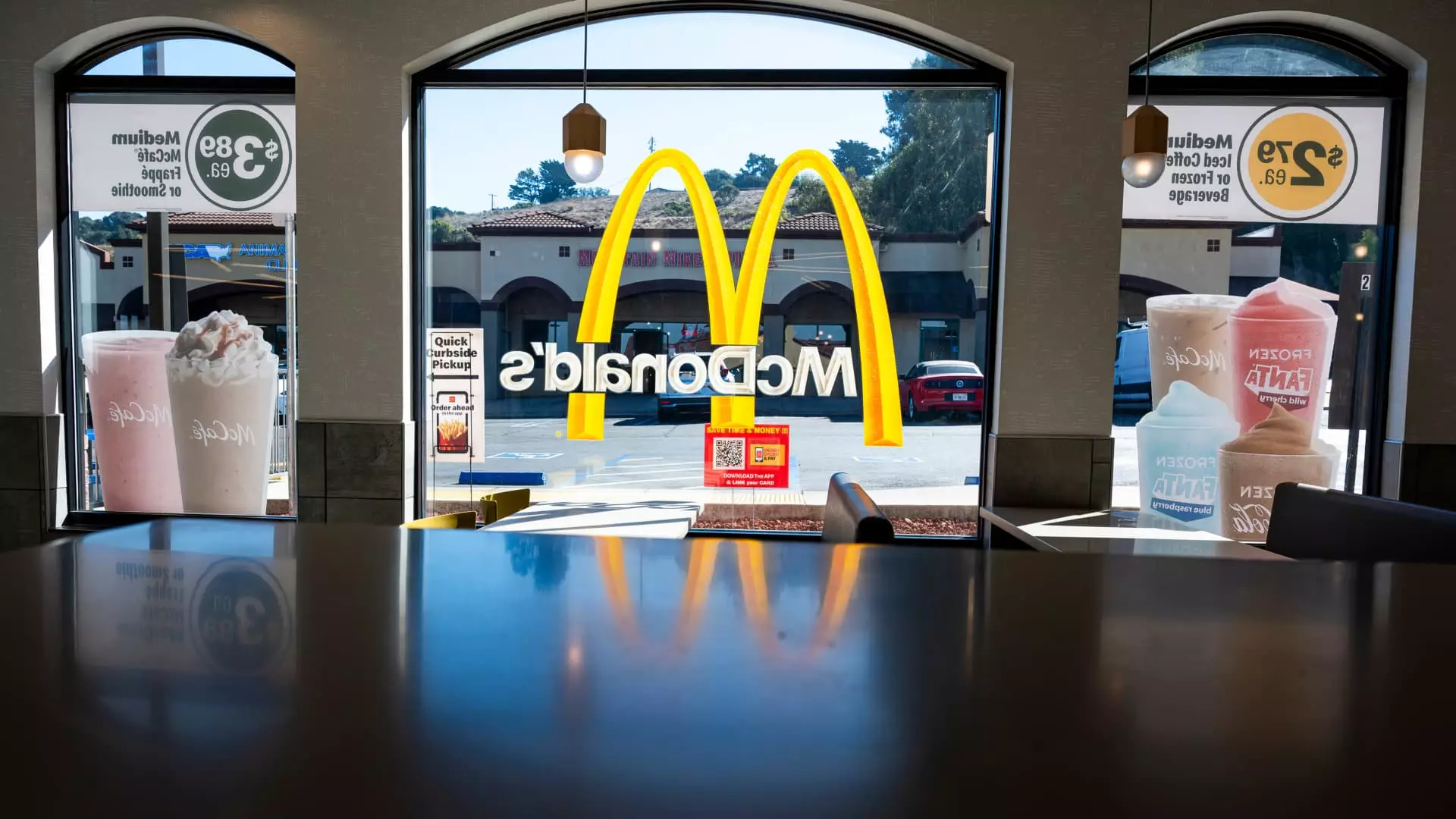The restaurant industry, often viewed as a barometer of consumer confidence and economic health, is entering 2025 amid a wave of mixed signals. This rollercoaster journey for eateries—characterized by erratic weather patterns, evolving consumer behaviors, and the lingering effects of economic uncertainty—has created a complex landscape to navigate.
As the year began, the restaurant sector faced a chilly reception with adverse weather conditions including freezing temperatures and wildfires that stymied foot traffic. This daunting start raised apprehensions among restaurant executives, who saw their projections for growth seemingly evaporate in the frosty air. According to Kenneth Cook, CFO of Wendy’s, these challenges compounded existing industry-wide traffic issues, impacting sales right from the outset. The traditional winter lull, combined with unexpected environmental events, heightened consumer caution, locking many diners into their homes during the onset of 2025.
Conversely, some chains, including Restaurant Brands’ flagship brands like Burger King and Popeyes, began to report a resurgence in sales towards the end of last year. Their emphasis on value offerings succeeded in enticing consumers who had opted for home-cooked meals, thereby reigniting the competitive battle among traditional fast-food chains. However, signs of recovery were temporary, as January brought about a decline in breakfast and lunch traffic, emphasizing the need for a more resilient adaptive strategy to weather the ongoing fluctuations.
Consumer sentiment plays an undeniable role in shaping the restaurant industry’s trajectory; recent data revealed a dip in confidence, signaling wariness among patrons regarding economic prospects. Doug Fry, U.S. President of Subway, articulated this sentiment well, recognizing a “wait-and-see” approach among consumers as they seek value without compromising quality. The instinct to stretch each dollar further while navigating rising inflation rates contributed to these apprehensions.
Amidst these economic concerns, various restaurant chains are cautiously optimistic about year-over-year comparisons improving as 2025 progresses. Historically, February and March often see the highs of sales figures from the prior year’s summer slump. Such predictions, however, hinge on consumers shaking off their caution and returning to their previous dining habits.
The shadow of trade wars looms large over the restaurant sector, with tariffs and international relations posing a significant challenge. Chipotle’s CFO highlighted the negative impact of wildfires on same-store traffic growth, estimating a staggering loss of 4%. Amid all this uncertainty, companies like McDonald’s and Wendy’s are seemingly unfazed by the idea that trade policies could dampen their operations. Rings of caution still echo within the industry, as sustenance suppliers, especially for avocados and other key ingredients, are deeply affected by trade dynamics.
A troubling inflation rate rise in January—marked at 3.4% for away-from-home food—has heightened consumers’ sensitivity to price changes, forcing restaurants into a tricky balancing act of maintaining customer loyalty while managing food costs effectively. As consumer confidence remains fragile, restaurants will need to use an astute understanding of their markets and consumers to mitigate the effects of potential fallout from trade concerns.
Despite a tumultuous ride to start the year, forecasts suggest a rebound in sales for many restaurant chains as 2025 unfolds. McDonald’s, which experienced a downturn due to an E. coli scare linked to specific menu items, is expecting a gradual return to pre-crisis demand levels and remains optimistic about future sales growth, particularly among lower-income consumers who drive a significant portion of foot traffic.
On the other end of the spectrum, Starbucks faces an extended recovery timeline, grappling with declining same-store sales over a consecutive four-quarter stretch. The coffee giant has opted to forgo providing guidance for fiscal 2025, presenting a cautious stance as it aims to recalibrate its business strategies while recovering from recent performance declines.
Navigating the volatile terrain of 2025 will require astute adaptations from industry leaders. For success to occur, restaurants must develop savvy strategies that align with evolving consumer trends, reconcile operational challenges, and respond to an ever-changing economic landscape. Understanding the nuances of customer sentiment while managing costs will be paramount as restaurants endeavor to secure their footing in a post-pandemic world characterized by uncertainty and competing priorities.

